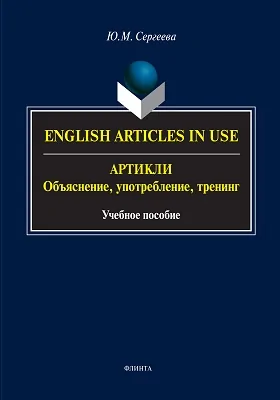English Articles in Use = Артикли: объяснение, употребление, тренинг
Здесь можно купить книгу "English Articles in Use = Артикли: объяснение, употребление, тренинг" в печатном или электронном виде. Также, Вы можете прочесть аннотацию, цитаты и содержание, ознакомиться и оставить отзывы (комментарии) об этой книге.
Место издания: Москва
ISBN: 978-5-9765-2794-2
Страниц: 247
Артикул: 11523
Возрастная маркировка: 16+
Краткая аннотация книги "English Articles in Use"
Настоящее пособие представляет собой свод основных правил употребления артиклей с различными типами имен существительных, в зависимости от выполняемой ими синтаксической функции в предложении. Функционально-прагматический подход позволяет объяснить, почему тот или иной артикль требуется в конкретной коммуникативной ситуации. Пособие совмещает в себе сборник упражнений и удобный справочник. Для студентов и преподавателей лингвистических вузов, а также для широкого круга читателей, изучающих английский язык.
Содержание книги "English Articles in Use "
От автора
Chapter 1. THE ARTICLE AND THE CATEGORY OF DETERMINATION. TYPES OF ATTRIBUTES
1.1. The article as a nominal determiner
1.2. Descriptive and limiting attributes
1.2.1. Types of attributes
1.2.2. Attributes expressed by adjectives
1.2.3. Attributes expressed by the pronoun other
1.2.4. Attributes expressed by numerals
1.2.5. Attributes expressed by nouns in the common case
1.2.6. Attributes expressed by nouns in the possessive case
1.2.7. Attributes expressed by participles
1.2.8. Attributes expressed by the infi nitive
1.2.9. Attributes expressed by the gerund
1.2.10. Attributes expressed by prepositional nominal phrases
1.2.11. Attributes expressed by subordinate clauses
1.3. The place of the article in a nominal phrase
Chapter 2. THE INDEFINITE ARTICLE
2.1. Forms of the indefi nite article
2.2. The indefi nite article with common countable nouns. The functions of the indefi nite article
2.2.1. The classifying function of the indefi nite article
2.2.2. The generic function of the indefi nite article
2.2.3. The numerical function of the indefi nite article
2.3. The indefi nite article with material nouns
2.4. The indefi nite article with abstract nouns
2.5. The indefi nite article with unique objects
2.6. The indefi nite article with some semantic groups of nouns
2.6.1. The indefi nite article with nouns denoting seasons
2.6.2. The indefi nite article with nouns denoting parts of the day
2.6.3. The indefi nite article with nouns denoting names of meals
2.6.4. The indefi nite article with nouns denoting names of diseases
2.6.5. The indefi nite article with nouns bed, school, college, university, hospital, church, prison, jail, table
2.7. The indefi nite article with proper nouns
Chapter 3. THE DEFINITE ARTICLE
3.1. The defi nite article with common nouns
3.1.1. The specifying function of the defi nite article
3.1.2. The generic function of the defi nite article
3.2. The defi nite article with material nouns
3.3. The defi nite article with abstract nouns
3.4. The defi nite article with some semantic groups of nouns
3.4.1. The defi nite article with nouns denoting seasons
3.4.2. The defi nite article with nouns denoting parts of the day
3.4.3. The defi nite article with names of meals
3.4.4. The defi nite article with names of diseases
3.4.5. The defi nite article with nouns bed, school, college, university, hospital, church, prison, jail, table
3.4.6. The defi nite article with the noun sea
3.5. The defi nite article with proper names
3.5.1. The defi nite article with geographical names
3.5.2. The defi nite article with miscellaneous proper names
3.6. The situational use of the defi nite article with proper names
Chapter 4. THE MEANINGFUL ABSENCE OF THE ARTICLE
4.1. The zero article in the function of absolute generalization
4.2. The zero article with material nouns
4.3. The zero article with collective nouns
4.4. The zero article with abstract nouns
4.5. The meaningful absence of the article with some semantic groups of nouns
4.5.1. The zero article with nouns denoting seasons
4.5.2. The zero article with nouns denoting parts of the day
4.5.3. The zero article with nouns denoting names of meals
4.5.4. The zero article with names of diseases
4.5.5. The zero article with names of sciences and school subjects
4.5.6. The zero article with names of sports and games
4.5.7. The zero article with nouns school, college, hospital, prison, etc
4.5.8. The zero article with nouns town, space, society
4.6. The zero article with proper names
4.6.1. The zero article with geographical names
4.6.2. The zero article with miscellaneous proper names
4.6.3. The zero article with names of persons
4.7. Contextually bound absence of the article
Chapter 5. ARTICLES WITH NOUNS IN VARIOUS SYNTACTIC FUNCTIONS
5.1. Syntactic structure and actual division of a sentence
5.2. Articles with nouns in the function of а subject
5.3. Articles with nouns in the predicative function
5.4. Articles with nouns in the function of an object
5.5. Articles with nouns in apposition
5.6. Articles with nouns used as adverbial modifi ers
5.6.1. Articles with nouns used as an adverbial modifi er of place
5.6.2. Articles with nouns used as an adverbial modifi er of time
5.6.3. Articles with nouns used as an adverbial modifi er of manner
5.6.4. Articles with nouns used as an adverbial modifi er of comparison
5.7. Articles with nouns used as direct address
5.8. Articles with nouns used as parenthesis
EXERCISES to CHAPTER 1
EXERCISES to CHAPTERS 2, 3, 4
EXERCISES to CHAPTER 5
Bibliography
Все отзывы о книге English Articles in Use
Отрывок из книги English Articles in Use
11For the fi rst two days of the fi ve, she was in a state of shock.Ordinal numerals are usually limiting attributes.For the fi rst time I saw him uncertain and worried.But on the fi fth day he took the car to the third fl oor, stepped out and never came back.NOTE 1. The noun is used with the zero article when the ordinal nume-ral follows it.He put Volume one of the novel back into the bookcase.Turn to page sixty-two to check your results.The meeting is held in Room four.NOTE 2. The ordinal numeral in the meaning “one more”, “another” requires the indefi nite article.He knew he should have a third try.He had to look a second time to be sure that she was not in truth a shadow.NOTE 3. Memorize the following set phrases a fi rst night, a fi rst (second, third) prize, a second breath, a fi fth wheel.Has it slipped your memory that I’ve got a fi rst night tonight?Everyone seemed to have a specifi c role except me. I felt like a fi fth wheel.Most idiomatic expressions of adverbial character are used with the zero article: (at) fi rst hand, at fi rst sight, on second thought, second to none, in seventh heaven, etc.1.2.5. Attributes expressed by nouns in the common caseAttributes expressed by nouns in the common case are usually descriptive and thus the indefi nite article is required.There was a telephone line running along the road.He leaned the sacks one on each side of a tree trunk.How much do you pay for a music lesson?
С книгой "English Articles in Use" читают
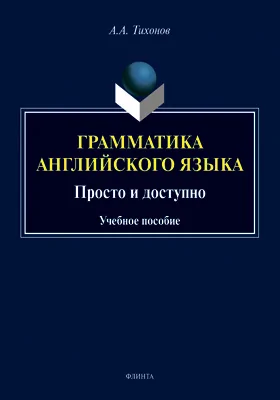

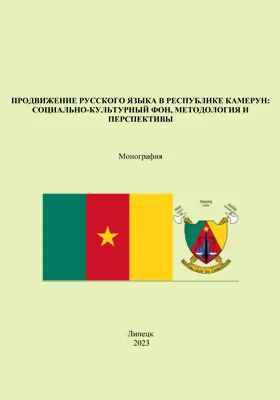


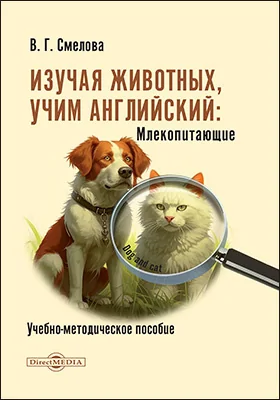

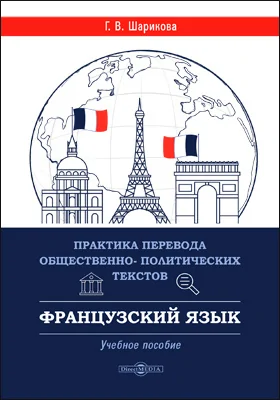


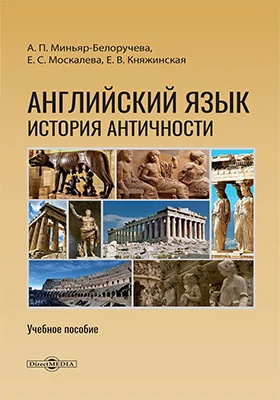


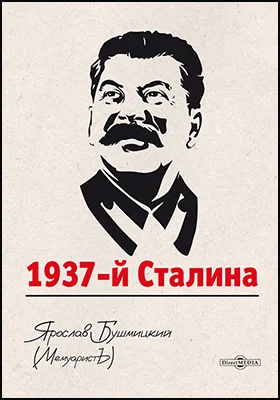
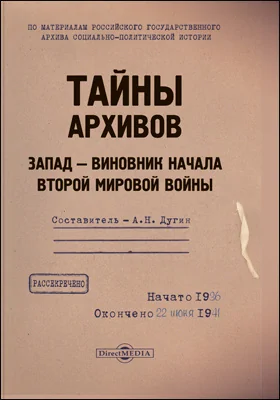

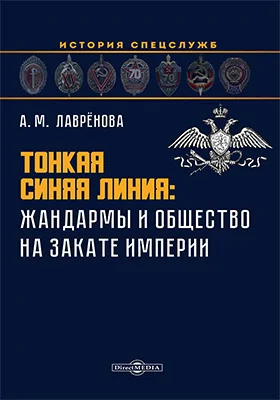
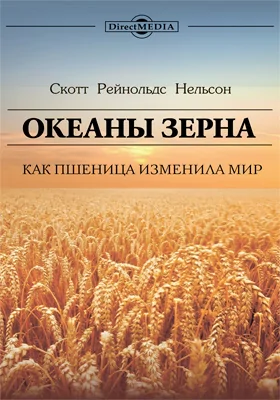
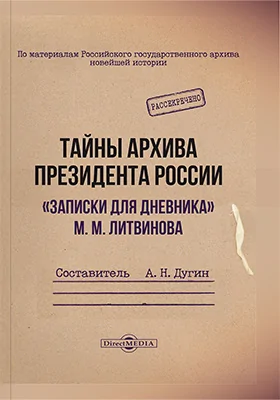
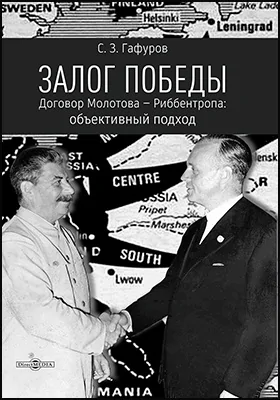
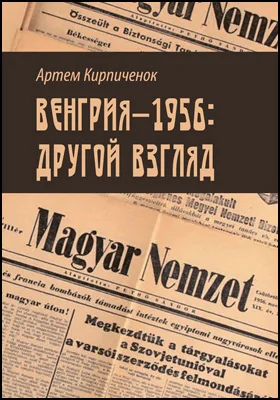

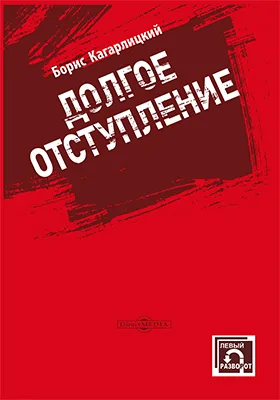

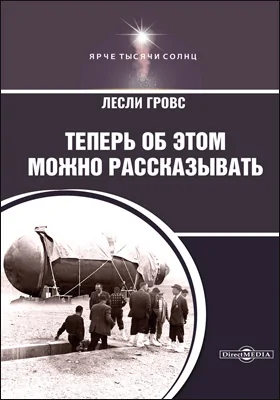
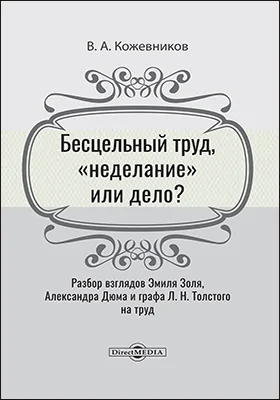
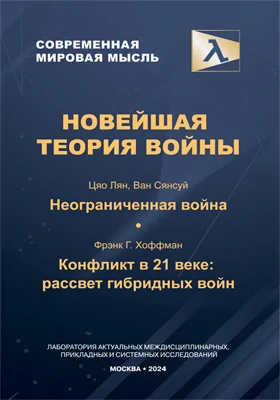

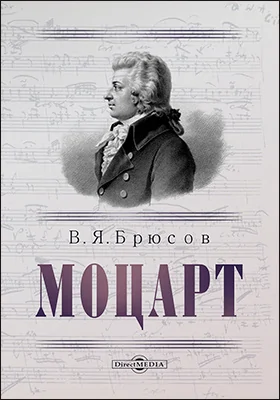
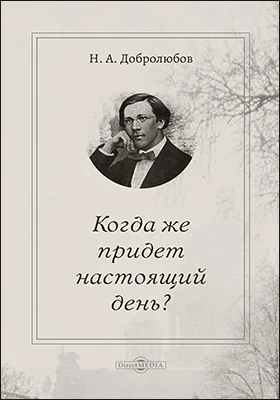

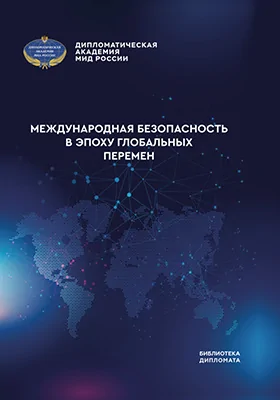
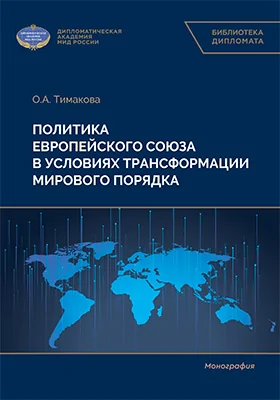
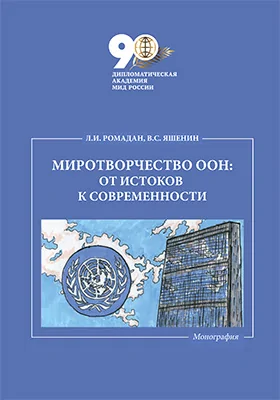

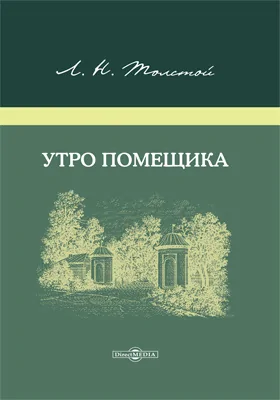
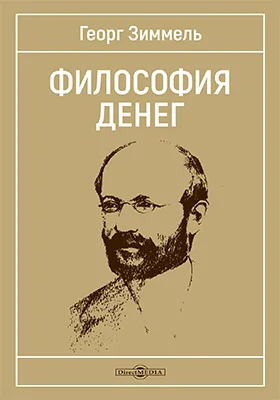
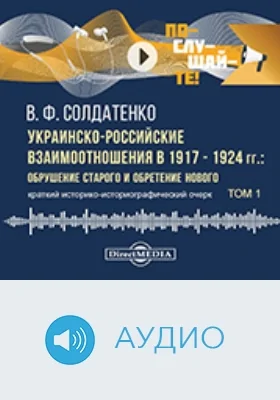
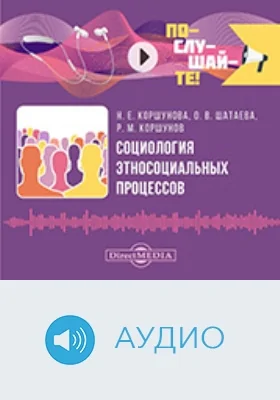
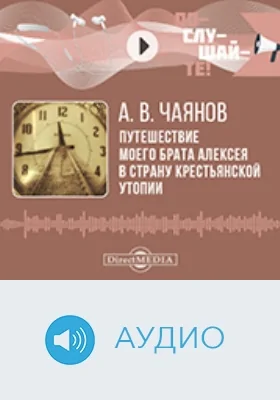

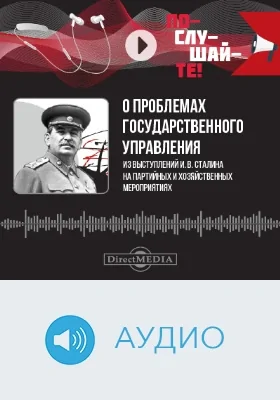
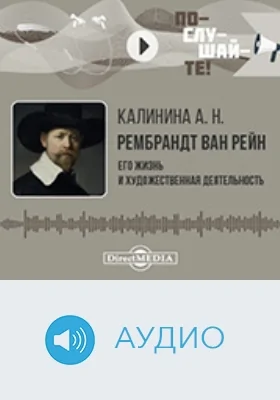
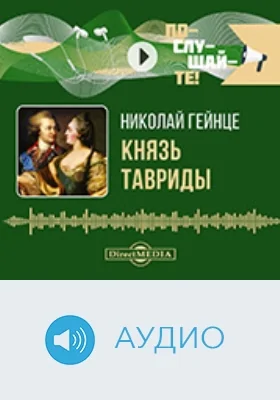
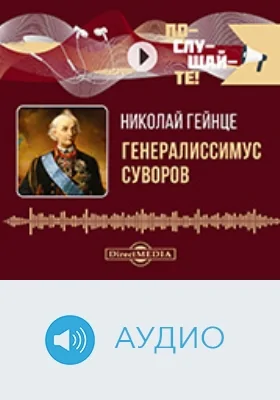



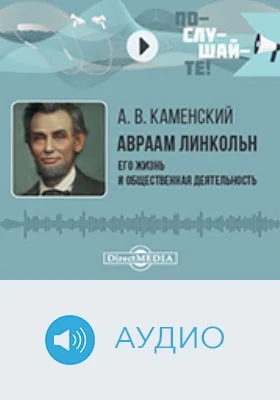
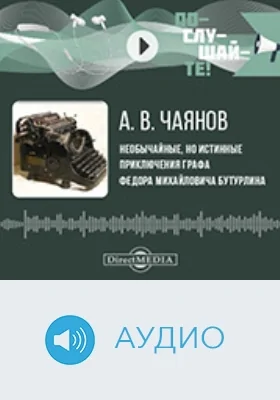
Внимание!
При обнаружении неточностей или ошибок в описании книги "English Articles in Use = Артикли: объяснение, употребление, тренинг (автор Юлия Сергеева)", просим Вас отправить сообщение на почту help@directmedia.ru. Благодарим!
и мы свяжемся с вами в течение 15 минут
за оставленную заявку

